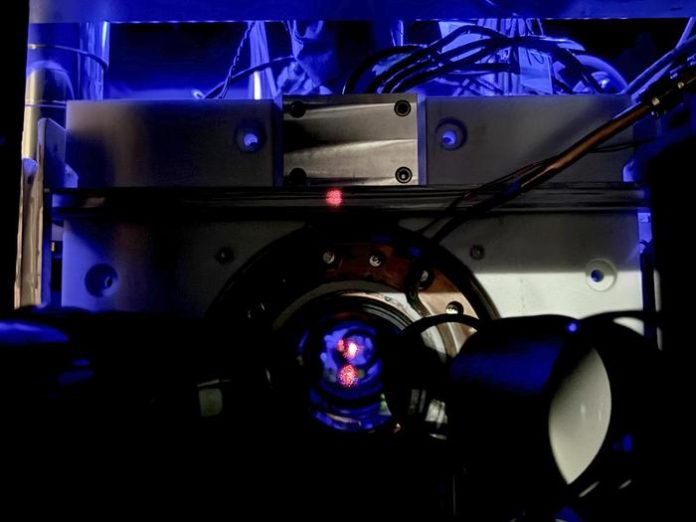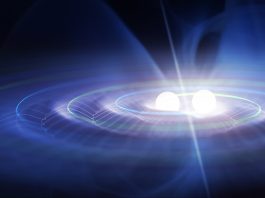A team of scientists has pioneered the world’s most accurate atomic clock – more precise than any previously created.
Developed by researchers at JILA, a joint institution of the National Institute of Standards and Technology (NIST) and the University of Colorado Boulder, the revolutionary atomic clock will help drive new frontiers in physics, space exploration, and quantum computing.
What is an atomic clock?
The scientific community is working to redefine the second, the international unit of time, through atomic clocks.
An atomic clock is a highly precise timekeeping device that uses the vibrations of atoms to measure time.
Specifically, it measures the oscillations of electrons in atoms, typically caesium or rubidium, as they change energy levels.
These oscillations occur at extremely consistent frequencies, making atomic clocks incredibly accurate, often deviating by less than a second over millions of years.
Atomic clocks are essential for applications requiring precise time measurements, such as global positioning systems (GPS), telecommunications, and scientific research.
Their accuracy surpasses that of traditional mechanical or quartz clocks, setting the standard for timekeeping worldwide.
With unprecedented timekeeping abilities, atomic clocks have a plethora of uses, from pinpoint navigation in space to identifying hidden mineral deposits and testing fundamental physics theories.
Now, NIST researchers are working on the next generation of clocks, known as optical atomic clocks.
Increased accuracy with optical atomic clocks
Traditional atomic clocks use microwaves to measure the second, but newer optical clocks use visible light waves, which have a higher frequency, allowing for more precise timekeeping.
Optical clocks can potentially lose only one second every 30 billion years, significantly improving accuracy over microwave clocks.
Achieving such precision requires measuring extremely tiny fractions of a second. The new JILA clock uses an ‘optical lattice,’ a web of light, to trap and measure tens of thousands of atoms simultaneously, enhancing precision.
JILA researchers improved performance by using a gentler laser light web, reducing errors from laser effects and atomic collisions.
NIST and JILA physicist Jun Ye explained: “This clock is so precise that it can detect tiny effects predicted by theories such as general relativity, even at the microscopic scale.
“It’s pushing the boundaries of what’s possible with timekeeping.”
Advancing physics research
General relativity, Einstein’s theory, explains gravity as the warping of space and time. It predicts that time slows in stronger gravitational fields.
The new atomic clock design can detect relativistic effects on timekeeping at the submillimetre scale, the thickness of a human hair. Adjusting the clock by this tiny distance reveals changes in time flow due to gravity.
Observing these effects at a microscopic scale bridges the gap between quantum mechanics and general relativity.
The techniques for trapping and controlling atoms also advance quantum computing by enabling precise manipulation of atomic properties for computations.
Exploring where quantum mechanics and general relativity intersect deepens our understanding of reality, from the microcosmic effects of gravity on time to the vast mysteries of dark matter and energy.
This clock’s precision promises new insights into the Universe’s secrets.









